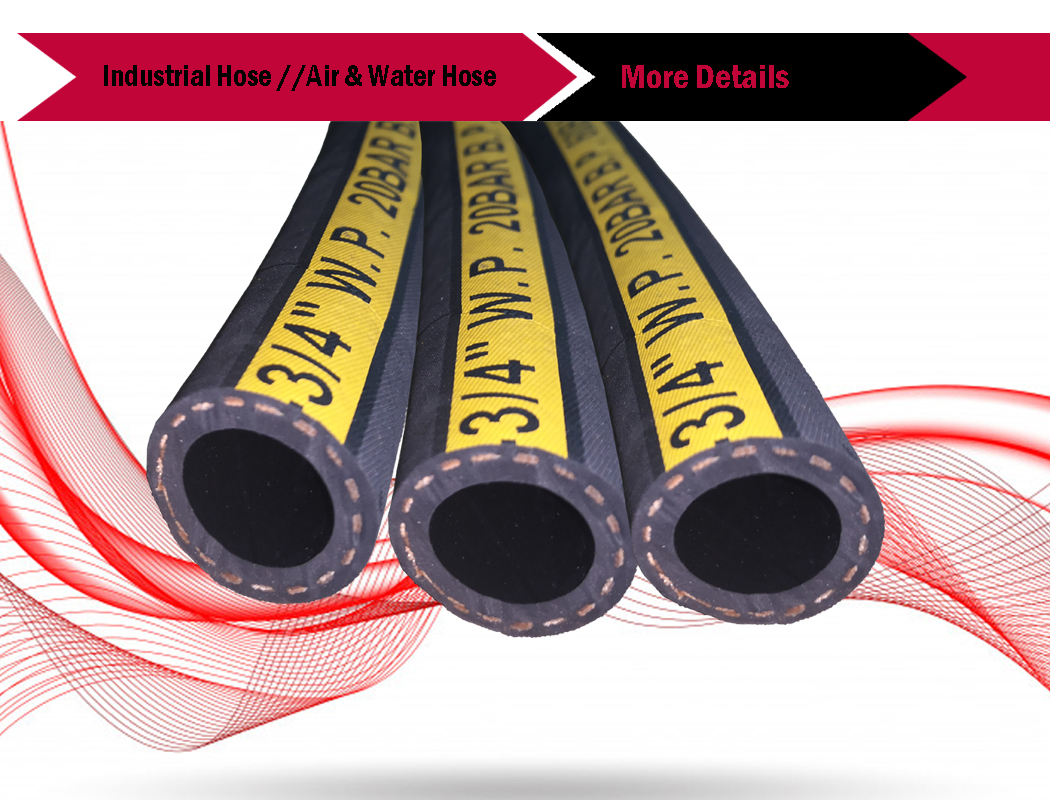 Afrikaans
Afrikaans  Albanian
Albanian  Amharic
Amharic  Arabic
Arabic  Armenian
Armenian  Azerbaijani
Azerbaijani  Basque
Basque  Belarusian
Belarusian  Bengali
Bengali  Bosnian
Bosnian  Bulgarian
Bulgarian  Catalan
Catalan  Cebuano
Cebuano  Corsican
Corsican  Croatian
Croatian  Czech
Czech  Danish
Danish  Dutch
Dutch  English
English  Esperanto
Esperanto  Estonian
Estonian  Finnish
Finnish  French
French  Frisian
Frisian  Galician
Galician  Georgian
Georgian  German
German  Greek
Greek  Gujarati
Gujarati  Haitian Creole
Haitian Creole  hausa
hausa  hawaiian
hawaiian  Hebrew
Hebrew  Hindi
Hindi  Miao
Miao  Hungarian
Hungarian  Icelandic
Icelandic  igbo
igbo  Indonesian
Indonesian  irish
irish  Italian
Italian  Japanese
Japanese  Javanese
Javanese  Kannada
Kannada  kazakh
kazakh  Khmer
Khmer  Rwandese
Rwandese  Korean
Korean  Kurdish
Kurdish  Kyrgyz
Kyrgyz  Lao
Lao  Latin
Latin  Latvian
Latvian  Lithuanian
Lithuanian  Luxembourgish
Luxembourgish  Macedonian
Macedonian  Malgashi
Malgashi  Malay
Malay  Malayalam
Malayalam  Maltese
Maltese  Maori
Maori  Marathi
Marathi  Mongolian
Mongolian  Myanmar
Myanmar  Nepali
Nepali  Norwegian
Norwegian  Norwegian
Norwegian  Occitan
Occitan  Pashto
Pashto  Persian
Persian  Polish
Polish  Portuguese
Portuguese  Punjabi
Punjabi  Romanian
Romanian  Russian
Russian  Samoan
Samoan  Scottish Gaelic
Scottish Gaelic  Serbian
Serbian  Sesotho
Sesotho  Shona
Shona  Sindhi
Sindhi  Sinhala
Sinhala  Slovak
Slovak  Slovenian
Slovenian  Somali
Somali  Spanish
Spanish  Sundanese
Sundanese  Swahili
Swahili  Swedish
Swedish  Tagalog
Tagalog  Tajik
Tajik  Tamil
Tamil  Tatar
Tatar  Telugu
Telugu  Thai
Thai  Turkish
Turkish  Turkmen
Turkmen  Ukrainian
Ukrainian  Urdu
Urdu  Uighur
Uighur  Uzbek
Uzbek  Vietnamese
Vietnamese  Welsh
Welsh  Bantu
Bantu  Yiddish
Yiddish  Yoruba
Yoruba  Zulu
Zulu conveyor roller idler
Understanding Conveyor Roller Idlers A Key Component in Material Handling
Conveyor systems are pivotal in various industries, such as mining, manufacturing, and distribution, for the efficient movement of materials. One of the essential components within these systems is the conveyor roller idler. These idlers play a crucial role in supporting the conveyor belt and ensuring the smooth transport of goods.
What is a Conveyor Roller Idler?
A conveyor roller idler is a cylindrical component that is used to support the belt of the conveyor system. It is typically mounted on a frame and rotates freely as the belt moves over it. The primary purpose of idlers is to reduce friction between the belt and the structure it runs on, which in turn helps in minimizing wear and tear on the conveyor system. Moreover, they help maintain belt alignment and stability, ensuring that materials are transported efficiently without unwanted slippage or misalignment.
Types of Conveyor Roller Idlers
Conveyor roller idlers come in various types, each tailored for specific applications
. The most common types include1. Impact Idlers These are typically located at the loading points of the conveyor. They provide support to the belt under the impact of heavy loads, helping to absorb shock and prevent damage.
conveyor roller idler

2. Carrying Idlers Positioned along the length of the conveyor, carrying idlers support the weight of the materials being transported. They come in different configurations, including flat, trough, and concave shapes to accommodate different load types.
3. Return Idlers These idlers support the conveyor belt as it returns to the loading area after delivering materials. They ensure that the belt remains stable and aligned during its return journey.
4. Guide Idlers Used to maintain the alignment of belts, guide idlers prevent lateral movement, which can lead to belt misalignment or damage.
Importance of Conveyor Roller Idlers
The role of conveyor roller idlers extends beyond mere support. They significantly impact the efficiency and longevity of a conveyor system. High-quality idlers minimize friction and energy consumption, which can lead to reduced operational costs. Furthermore, reliable idlers can decrease maintenance needs and contribute to increased productivity, as they help prevent breakdowns that can result in costly downtime.
Conclusion
In conclusion, conveyor roller idlers are integral to the functionality of conveyor systems across various industries. Understanding their types and functions can aid businesses in selecting the right idlers for their specific needs, ultimately enhancing their material handling operations. As technology advances, the future of conveyor roller idlers looks promising, with innovations aimed at improving efficiency and performance. By investing in quality idlers, companies can ensure ongoing productivity and a smooth operational flow in their material handling processes.
-
Revolutionizing Conveyor Reliability with Advanced Rubber Lagging PulleysNewsJul.22,2025
-
Powering Precision and Durability with Expert Manufacturers of Conveyor ComponentsNewsJul.22,2025
-
Optimizing Conveyor Systems with Advanced Conveyor AccessoriesNewsJul.22,2025
-
Maximize Conveyor Efficiency with Quality Conveyor Idler PulleysNewsJul.22,2025
-
Future-Proof Your Conveyor System with High-Performance Polyurethane RollerNewsJul.22,2025
-
Driving Efficiency Forward with Quality Idlers and RollersNewsJul.22,2025





























